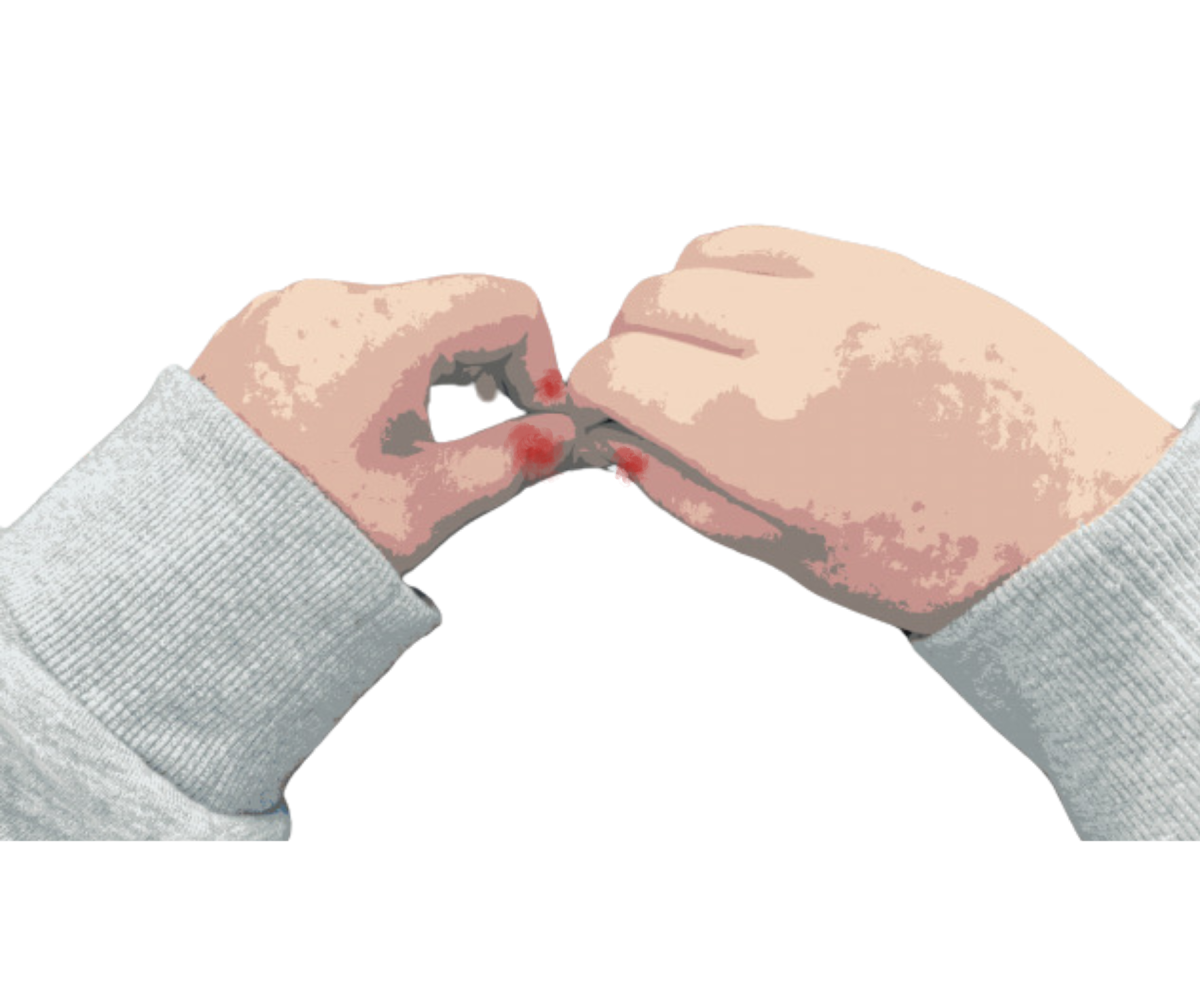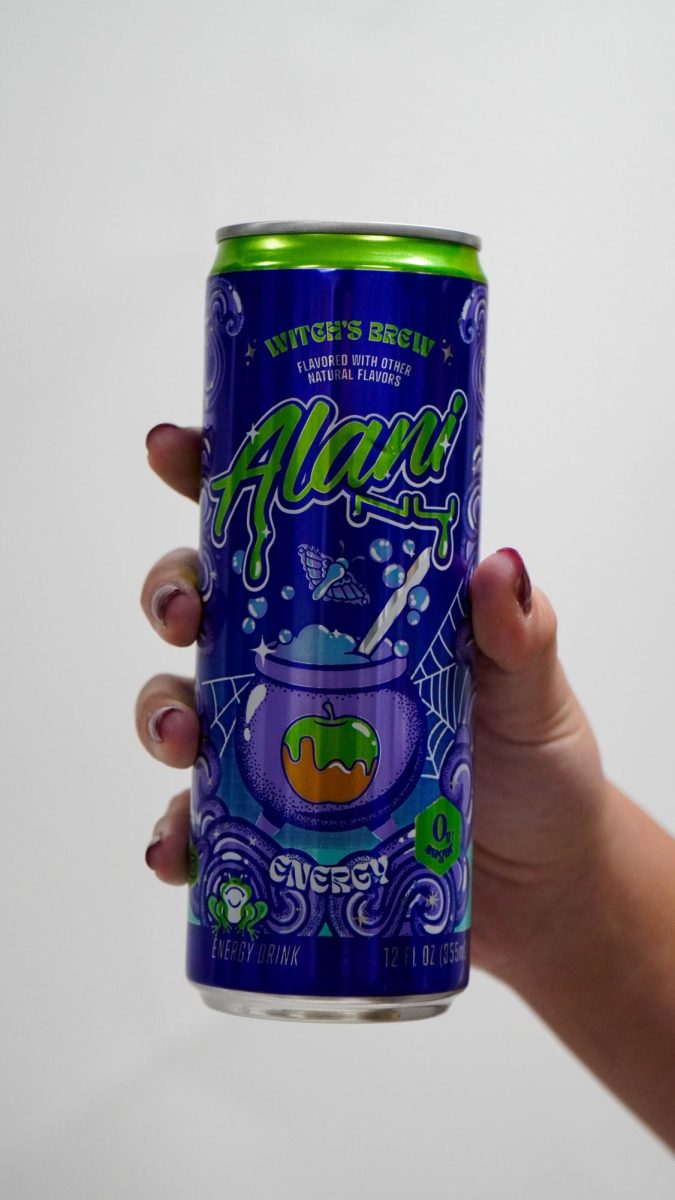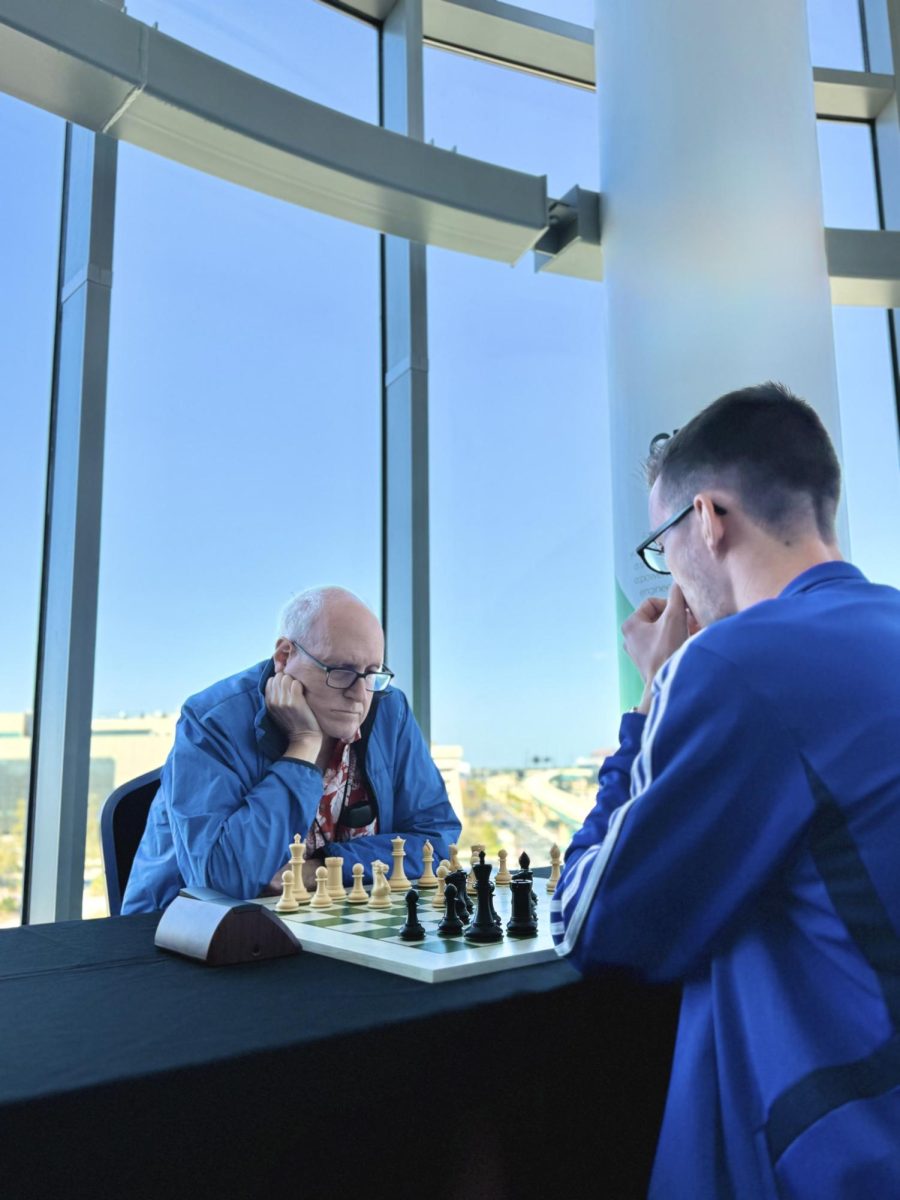According to the CDC, in 2023, around 40% of American students experienced persistent feelings of sadness or hopelessness, especially among girls, LGBTQ+ students, and students of color. With suicide being the 3rd leading cause of death for adolescents from 15-19 years old, this national youth mental health crisis is alarming. It would be naive to assume that Trinity’s student body is immune to these same challenges.
Assistant Head of School Tresa Wilson, who leads the school’s newly formed wellness department, is working with guidance, the nurse, and academic support to implement a wellness initiative to address the well-being of the student body to recognize the mental health crisis. The school has prioritized the wellness initiative because so often when students focus heavily on school, grades, and extracurriculars, it can be easy to overlook mental health.
“In the Western world, we have created an environment with the goal of college acceptance, being even more so here than in most other places,” psychology teacher Michael Brown said. “The pressure comes at the expense of other things like a healthy lifestyle, rest and positive social interactions.”
Many teens flounder to find ways to cope with the stress of being a student and a teenager. Brown explains how many negative coping skills may worsen mental health.
“I also highly doubt we have positive coping strategies; generally that look like distracting yourself with the sport you’re playing, the work you’re doing, or just endless scrolling,” Brown said. “That’s how we treat most of our diseases, which isn’t ideal.”
Many teens have found refuge in social media, where Gen Z has amplified the conversation around mental health with posts and memes shedding light on mental health issues. That said, Assistant Head of Upper School Sebastiaan Blickman said social media can be a double-edged sword regarding mental health.
“The popularity of the topic has seemingly created this never-ending conversation around [mental health] that I don’t know if it existed prior, and that’s a good thing… because the stigma is starting to erase itself,” Blickman said. “The bad is, that if you’re constantly talking about mental health it could lead you down a path of focusing only on negative things.”
Furthermore, conversations around mental health on the internet have lost their sensitivity. The dialogue has become so loud, that poor states of mental health have now become romanticized, with many idealizing their mental illnesses, creating unrealistic portrayals of mental illness.
“The allure of negativity, packaged in aesthetically pleasing edits and shared experiences, captivates young audiences, blurring the lines between universal emotions and genuine mental health symptoms,” the National Library of Medicine said.
Trinity’s wellness initiative aims to provide students with the resources they need to thrive as young adults, including locking up phones for lowerclassmen and middle schoolers. Wilson says that Trinity has taken steps towards prioritizing student mental health by following the school’s strategic imperative. The strategic imperative aims to nurture the whole student beyond their academics. Although wellness encompasses many aspects including spiritual, physical, and social, it’s the emotional aspect that is often lost.
Some students have responded to this need among the student body by forming new clubs. Junior Eva Wasyliw noticed the stress, anxiety and burnout her peers were facing and started her club, “The Happiness Project TPS.” She hopes the club will help students find a way to cope with the stressors of school and growing up.
“I felt like there was nothing at TPS specifically that dealt with [stress],” Wasyliw said. “I think it’s just really interesting as well, that I can help create a positive environment and a comfortable space for students.”
Wasyliw said that in her first club meeting, students focused on stress management, by writing down negative thoughts or things that cause stress on a plate. Students then took those plates and smashed them. Wasyliw said that many students expressed how relieving that exercise was for them. Clubs like The Happiness Project give students a safe space to relate to other students who might be feeling the same way.
Blickman feels that the level of student engagement in activities like clubs or sports is a good sign of positive mental health, and the school attempts to monitor involvement in extracurriculars. Clubs and extracurricular activities are vital to students’ well-being, as some address the topic of mental health directly, while others offer ways for students to cope with the stress of day-to-day lives.
Gen Z has heightened discussion surrounding mental health, creating dialogues that may be foreign to older generations. Occasionally there is a gap in understanding between adults and students.
“It’s clear Trinity wants to help when you go to them but sometimes they don’t know how to help, and as students, we need to better understand how to express the help we want and need when we go to them,” Senior Madeline McBroom said. “For example, there are times I go to staff or admin to decompress and collect my thoughts, but sometimes they try to solve the problem when that’s not what I need.”
Mental health resources are readily available, as the counseling department is open to those who need assistance, and advisors function as support systems for their students. McBroom said that the resources provided by Trinity are not utilized by the student body enough. Yet, this problem is not specific to Trinity; throughout Gen Z, competitive academic culture in high school can discourage open dialogue about these topics.
“People think they have to bottle up their emotions at Trinity because they will be judged for it,” McBroom said. “Trinity’s environment is highly competitive and I feel as if the pressure is to be the best.”
While teachers and staff dedicate themselves to helping students, many students don’t always go to an adult for help. Efforts from the school are not always discussed in classroom or advisory settings, and with the current construction, the guidance department was moved to a less-trafficked part of campus.
Blickman and Wilson stress the importance of advisory when it comes to creating trusting relationships between students and teachers. Advisories allow students to reach out to a trusted adult when needed, and advisory activities attempt to sculpt those relationships.
Both students and staff need to be willing to have open conversations surrounding mental health, and both parties must be willing to put in the effort. Nevertheless, Wilson says that the wellness department is finding more ways to reach student voices. Students are more than their grades, classes, and extracurriculars, and Trinity as an institution must also create sincere dialogues when it comes to mental well-being. Wasyliw hopes that clubs like hers help students feel more comfortable addressing the topic of mental health.
“I want to see more people just be more excited about school and everything because I feel there’s so many negatives that we tend to focus on,” Wasyliw said. “I want to teach people ways outside of the classroom they can positively influence their life. Because when we get older, the stresses only get worse. I feel like, now, if we tap into this early on, it will help better our life.”















